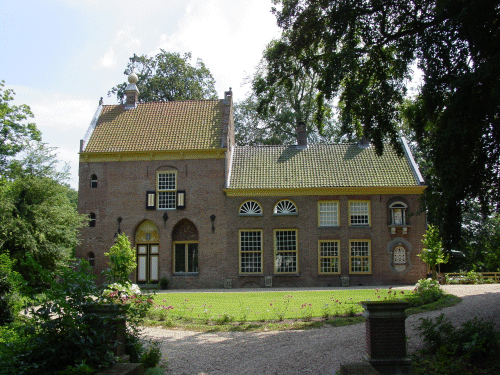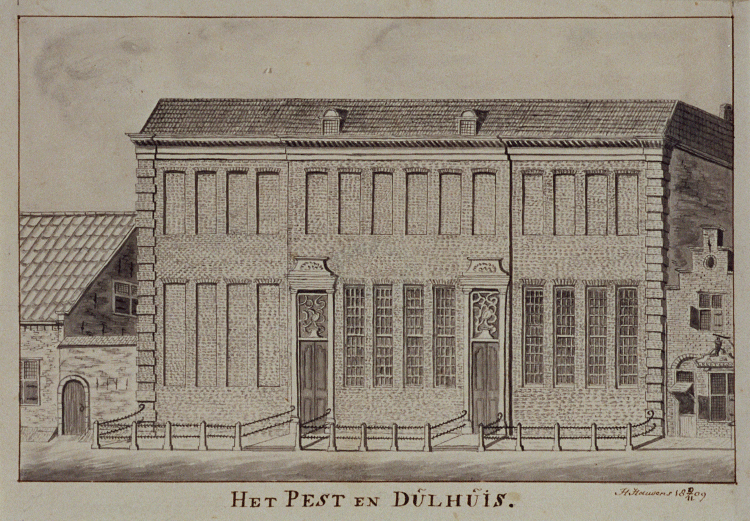


Morality of married life and the experience of every-day life in Brakel around 1750: The experiences of the brick-bakers couple Grandia-Buijs |
by F.J.J.M. Geraedts |
This article was published earlier in the periodical "Tussen de Voorn en Loevestein",annual XXIII (1987), nr. 62, pgg. 50-63. It has been reproduced here with the kind permission of both the author, dr. Geraedts, and of the editors of "Tussen de Voorn en Loevestein". Reproduction of the article in its entirety or portions thereof without permission of the copyright-holders is strictly prohibited! |
 |
 |
| Even today, Brakel still remains distinctly rural | |
 |
|
 |
|
 |
 |
| Brakel. "het Spijker" (The castle's tithe barn, now converted into a residential building. The name is derived from the German "Speichern": to store) |
|
 |
|
 |
 |
| Brakel seen from the Waal dike (view from the west) | |
 |
|
 |
| The "Pest- en Dulhuis" in Rotterdam (pen-and-ink drawingby H. Houwens, dated nov. 9, 1809) (Collection Municipal Archive, Rotterdam) The building was located near the eastern end of Hoogstraat, close to the Oostplein. The rear part of the building (facing the Achterklooster) remained in use by the Rotterdam Municipal Health Service (GGD) until May 1940. |
 |
|
 |
 |
| Memorial tablet of ministers in the Protestant Church in Brakel. The Rev. Jannette served the community of Brakel for 50 years, arriving in 1734 as "proponent" (i.e. a qualified theologian who has not yet served as a minister) and staying there until his death in 1784 |
|
 |
|
| Back to Genealogy Page |